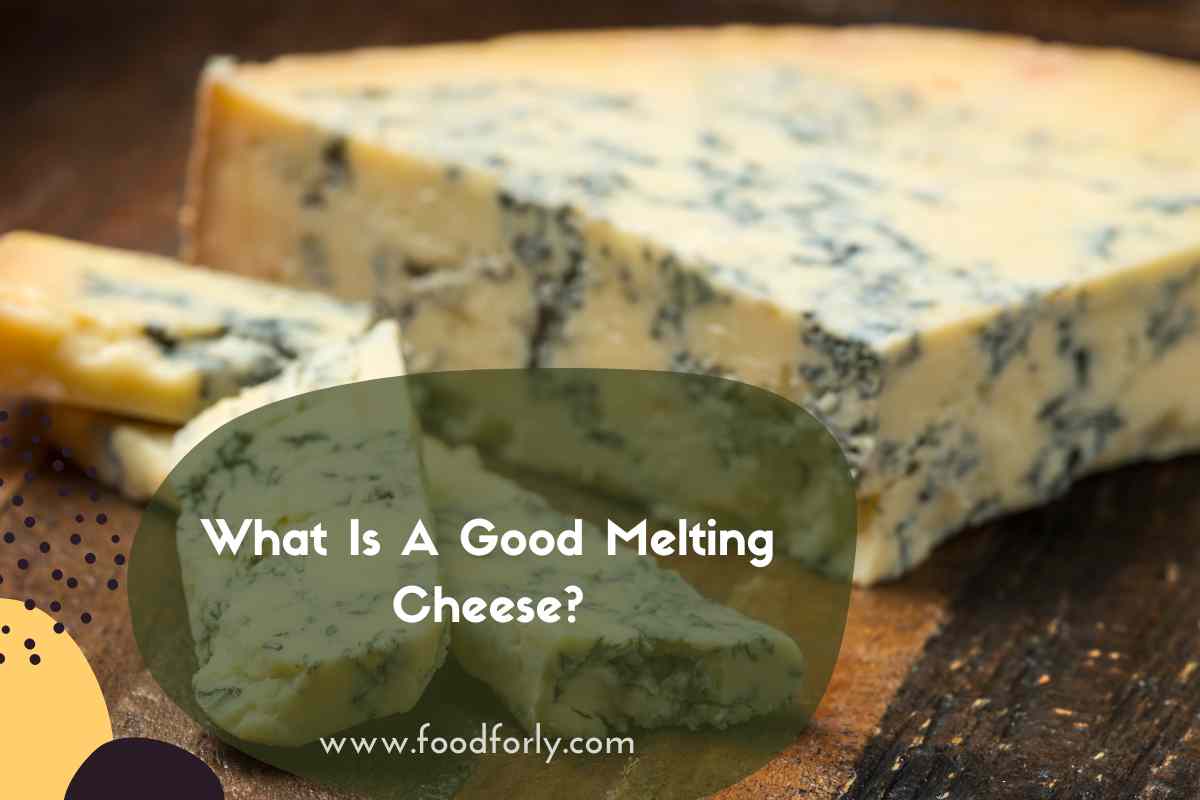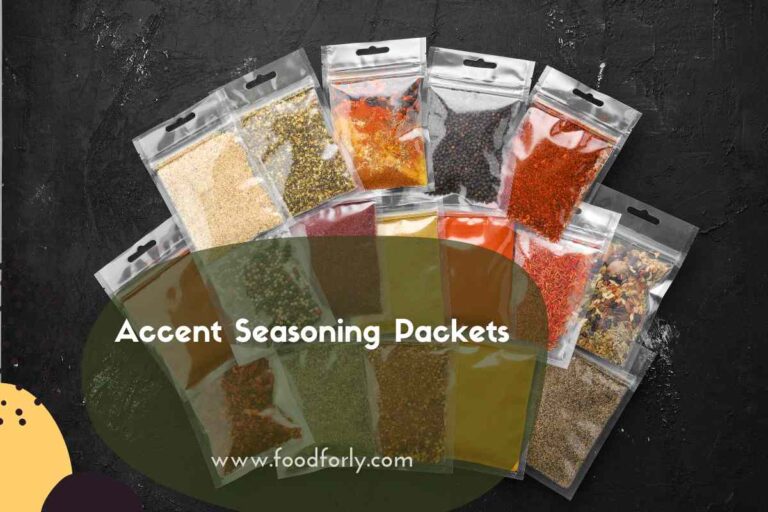What Is A Good Melting Cheese?
What Is A Good Melting Cheese?There are several types of cheeses that are commonly known for their melting properties and are often used in dishes like grilled cheese sandwiches, pizzas, and macaroni and cheese. Here are some popular choices for melting cheese:
Cheddar: Cheddar cheese is one of the most popular choices for melting due to its smooth texture and excellent melting capabilities. It has a rich and savory flavor that works well in a variety of dishes.
Mozzarella: Mozzarella is a classic melting cheese, known for its stretchy and gooey texture when melted. It’s commonly used in pizzas, lasagnas, and other Italian dishes.
Swiss: Swiss cheese melts beautifully and has a nutty and slightly sweet flavor. It’s often used in sandwiches like the classic Reuben or in fondue.
Gruyère: Gruyère cheese is a Swiss cheese with a rich and creamy flavor. It melts well and is commonly used in dishes like French onion soup and gratins.
Provolone: Provolone cheese is an Italian cheese that melts nicely and has a mild and slightly smoky flavor. It’s often used in sandwiches, pasta dishes, and on pizzas.
Fontina: Fontina cheese is a semi-soft cheese from Italy with a buttery and nutty flavor. It melts well and is commonly used in dishes like grilled cheese sandwiches and fondue.
Monterey Jack: Monterey Jack cheese is a mild and creamy cheese that melts easily. It’s often used in Tex-Mex dishes like quesadillas and nachos.

These are just a few examples of cheeses that are known for their melting properties. Ultimately, the best melting cheese depends on your personal preferences and the specific dish you’re preparing.
What Is The Best Melting Cheese?
The best melting cheese can vary depending on personal taste and the specific dish you’re preparing. However, some popular choices for melting cheese include cheddar, mozzarella, Swiss, Gruyère, provolone, Fontina, and Monterey Jack.
What Is A Good Melty Cheese?
A good melty cheese refers to a type of cheese that becomes soft, gooey, and smooth when heated. Some popular choices for melty cheese include mozzarella, cheddar, Swiss, Gruyère, provolone, Fontina, and Monterey Jack. These cheeses are known for their ability to melt well and create that desirable melted cheese texture in dishes like grilled cheese sandwiches, pizzas, quesadillas, and more.
What Is Gruyère?
Gruyère is a type of cheese that originated in Switzerland. It is named after the town of Gruyères in the canton of Fribourg. Gruyère cheese is made from cow’s milk and is classified as a Swiss cheese. It has a pale yellow color and a firm, dense texture.
The flavor of Gruyère is nutty, slightly sweet, and earthy. It is often used in cooking and is particularly known for its excellent melting properties, making it a popular choice for dishes like French onion soup, quiches, gratins, and fondue.
Gruyère cheese is also delicious when enjoyed on its own or paired with fruits and breads.
Why Does Melted Cheese Taste Better?
Melted cheese often tastes better to many people because the process of melting cheese can enhance its flavor and texture. Here are a few reasons why melted cheese is often perceived as more enjoyable:
Enhanced Flavor: When cheese is melted, its flavors become more pronounced and intensified. The heat breaks down the proteins and fats in the cheese, releasing its aromatic compounds and creating a richer and more complex flavor profile.
Texture and Creaminess: Melted cheese has a smooth, creamy, and gooey texture that can be very satisfying to the palate. The heat transforms the cheese into a velvety consistency, which adds an extra level of pleasure to dishes like grilled cheese sandwiches, pizzas, or casseroles.
Flavor Integration: Melted cheese has the ability to bind different ingredients together and create a harmonious flavor combination. It can act as a flavor bridge, connecting various components of a dish and providing a cohesive taste experience.
Mouthfeel: The melted state of cheese changes its physical properties, making it easier to spread or coat other foods. The smooth and stretchy texture of melted cheese adds a pleasing mouthfeel, enhancing the overall eating experience.
It’s worth noting that taste preferences can vary among individuals, and while many people enjoy melted cheese, some may have different preferences or dietary restrictions that affect their perception of its taste.
What Are Good Melting Cheese?
Good melting cheeses are those that have a high moisture content, a smooth texture, and a good balance of fat and protein. Here are some popular choices for melting cheeses:
Mozzarella: Mozzarella is known for its exceptional melting capabilities. It becomes stretchy and gooey when melted, making it perfect for pizzas, lasagnas, and other Italian dishes.
Cheddar: Cheddar cheese melts well and has a rich, sharp flavor. It is commonly used in grilled cheese sandwiches, macaroni and cheese, and casseroles.
Gruyère: Gruyère is a Swiss cheese with a creamy and nutty flavor. It melts beautifully and is often used in dishes like French onion soup and gratins.
Fontina: Fontina cheese has a buttery and slightly nutty taste. It melts smoothly and is frequently used in grilled sandwiches and pasta dishes.
Monterey Jack: Monterey Jack is a mild and creamy cheese that melts easily. It is popular in Tex-Mex cuisine and is often used in quesadillas, nachos, and enchiladas.
Provolone: Provolone cheese has a mild, smoky flavor and melts well. It is commonly used in sandwiches, on pizzas, and in pasta dishes.
Emmental: Emmental cheese, also known as Swiss cheese, has a mild and slightly sweet flavor. It melts smoothly and is a classic choice for fondue.
These cheeses are versatile and can be used in a variety of dishes where a melty, creamy texture is desired. However, personal preference and the specific recipe may influence the choice of melting cheese.
Which Cheese Melts In Mouth?
Mozzarella cheese is known for its ability to melt in the mouth due to its soft and creamy texture when heated.
What Cheeses Do Well In Heat?
Several cheeses perform well when exposed to heat and are ideal for cooking and melting. Here are some cheeses that handle heat well:
Mozzarella: Mozzarella is a classic melting cheese commonly used on pizzas and in baked pasta dishes. It becomes stretchy and gooey when heated.
Cheddar: Cheddar cheese melts smoothly and evenly, making it a popular choice for grilled cheese sandwiches, macaroni and cheese, and casseroles.
Gruyère: Gruyère cheese has excellent melting properties and a rich, nutty flavor. It works well in dishes like gratins, quiches, and sandwiches.
Swiss: Swiss cheese, such as Emmental or Jarlsberg, melts nicely and is often used in dishes like fondue, sandwiches, and omelettes.
Fontina: Fontina cheese melts smoothly and has a creamy texture. It is commonly used in fondues, sauces, and baked dishes.
Provolone: Provolone cheese is known for its melty, stringy texture and slightly smoky flavor. It works well in sandwiches, pizzas, and pasta dishes.
These cheeses have a good balance of moisture, fat, and protein, allowing them to melt evenly and create a smooth, luscious texture when exposed to heat.
What Cheese Is Not Good For Melting?
Some cheeses are not well-suited for melting due to their texture, moisture content, or flavor. These cheeses may not melt smoothly or may become greasy or separate when heated. Here are a few examples of cheeses that are not typically recommended for melting:
Fresh cheeses: Fresh cheeses like ricotta, cottage cheese, and queso fresco have high moisture content and tend to become watery when heated. They don’t melt well and can result in a grainy texture.
Hard, aged cheeses: Cheeses like Parmesan, Pecorino Romano, and aged Cheddar are hard and dry, making them less suitable for melting. They may become oily or clumpy when heated and won’t achieve a smooth, melted consistency.
Blue cheeses: Blue cheeses like Roquefort, Stilton, and Gorgonzola have a crumbly texture and strong flavors. While they can be used for flavoring melted dishes like sauces, they won’t melt into a smooth consistency like other cheeses.
While these cheeses may not be the best options for melting, they still have their own unique uses and flavors. They can be enjoyed crumbled over salads, grated for toppings, or eaten as is.
What Is Gruyere Cheese Good With?
Gruyère cheese is versatile and pairs well with a variety of foods. Here are some popular combinations:
Sandwiches: Gruyère is delicious in sandwiches, especially when paired with ingredients like ham, roasted turkey, caramelized onions, or Dijon mustard.
Fondue: Gruyère is a traditional choice for fondue. It melts smoothly and its nutty flavor complements the dipping bread, vegetables, and fruits.
Quiches and Gratins: Gruyère adds a rich and savory taste to quiches and gratins. It pairs well with ingredients like spinach, mushrooms, or potatoes.
French Onion Soup: Gruyère is often used as the topping for French onion soup. When melted and browned on top, it adds a gooey and flavorful element to the soup.
Cheese Boards: Gruyère can be included in cheese boards alongside fruits, nuts, and crackers. Its complex flavor provides a delightful contrast to other cheeses.
Pastas and Risottos: Gruyère can be grated and added to creamy pasta dishes and risottos to enhance their flavors and create a smooth, cheesy consistency.
These are just a few examples, but Gruyère’s versatility makes it suitable for various dishes where a nutty and melty cheese flavor is desired.



